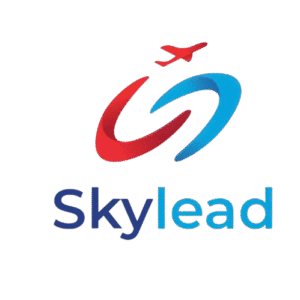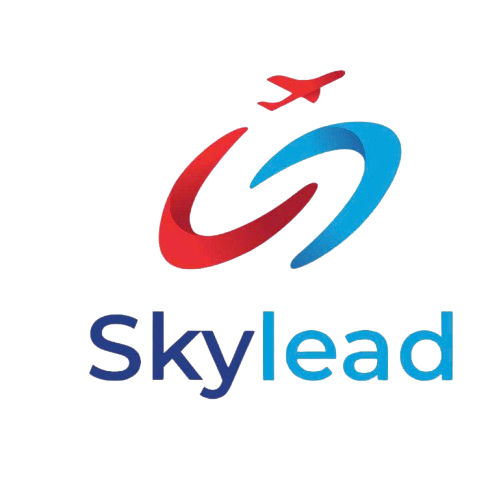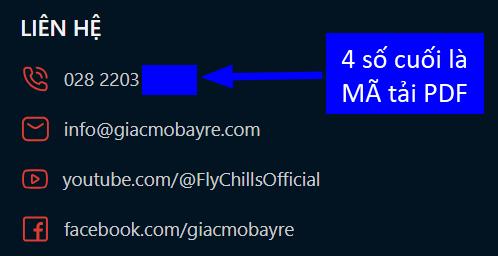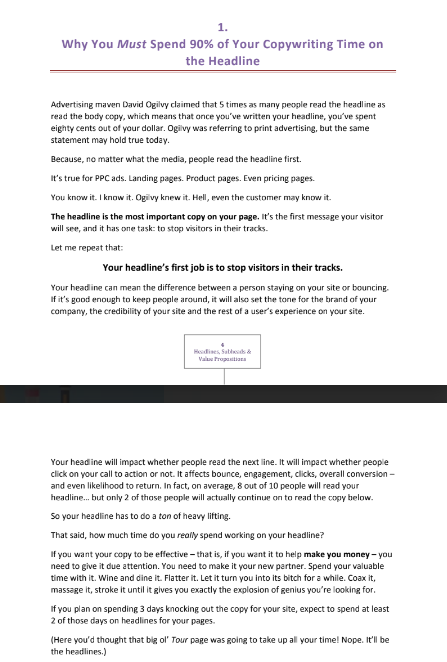
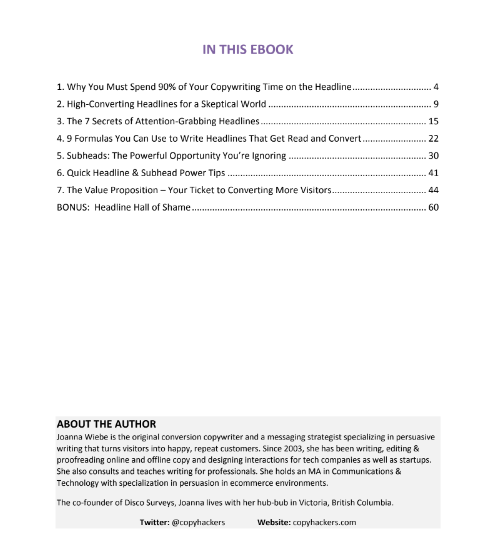

1. Why You Must Spend 90% of Your Copywriting Time on the Headline
Advertising maven David Ogilvy claimed that five times as many people read the headline as read the body copy, which means that once you’ve written your headline, you’ve spent eighty cents out of your dollar. Ogilvy was referring to print advertising, but the same statement may hold true today.
Because, no matter what the media, people read the headline first.
It’s true for PPC ads, landing pages, product pages, even pricing pages.
You know it. I know it. Ogilvy knew it. Even the customer may know it.
The headline is the most important copy on your page. It’s the first message your visitor will see, and it has one task: to stop visitors in their tracks.
Let me repeat that:
Your headline’s first job is to stop visitors in their tracks.
Your headline can mean the difference between a person staying on your site or bouncing. If it’s good enough to keep people around, it will also set the tone for your brand, the credibility of your site, and the rest of the user’s experience.
Your headline will impact whether people read the next line. It will impact whether people click on your call to action or not. It affects bounce, engagement, clicks, overall conversion – and even likelihood to return.
On average, eight out of ten people will read your headline… but only two of those people will actually continue on to read the copy below.
So your headline has to do a tremendous amount of work.
That said, how much time do you really spend working on your headline?
If you want your copy to be effective – that is, if you want it to help make you money – you need to give it due attention. You need to make it your new partner. Spend your valuable time with it. Refine it, rewrite it, polish it until it gives you exactly the idea you’re looking for.
If you plan on spending three days writing the copy for your site, expect to spend at least two of those days on headlines.
No Small Task for a Handful of Words
The burden of keeping people on your page – rather than bouncing – is almost entirely on your headline. Each headline has to do a huge amount of work in as few words as possible. It must:
| Requirement | Description |
|---|---|
| I. Match visitor expectations | Closely match the language used in the call to action (button, PPC ad) that brought the visitor to the page. This reduces bounce. |
| II. Intrigue the visitor | Highlight value, incentives, or promise something enticing and believable. This increases time on page. |
| III. Communicate the page goal | Make it clear what the visitor can or should do. This qualifies visitors. |
| IV. Get to the visitor’s point | Say what the visitor needs to see, succinctly – ideally in twelve or fewer words. This improves conversion. |
| V. Highlight a benefit | Show one key outcome the visitor will get from your solution. |
And it still needs to make people want to read the next line.
If your headline is an H1, it should also solve for SEO as much as possible, using the optimum keyword phrase.
A headline has a lot of work to do.
The Cheese Stands Alone. The Headline Doesn’t.
Your headline can work so hard that nothing else on the page matters – but that’s rare. Maybe true for a beta signup page, but not post-launch.
A headline is simply the way into the page, a way into the message.
Think of your headline as the first step of an engagement process that should result in a conversion.
Step 1: Headline draws the visitor in.
Step 2: Subhead holds their attention, builds on the headline, and encourages them to continue.
Every element of your page is part of this process. At each step, you have a new chance to keep or lose your visitor. But it almost always starts with the headline.
Different Headlines for Different Pages
Your home page headline should generally be your value proposition, or the single statement that describes what is unique and highly desirable about your offering.
Your landing page headlines should balance:
- Intrigue
- Expectation-matching (based on the CTA that led them there)
- SEO keywords
This means that when you write your How It Works page, the headline should NOT simply be “How It Works.” Your Plans & Pricing page should also have a headline that does more than restate the page title.
Headlines aren’t substitutes for navigation.
They should match expectations… but also do more.
This book will reinforce this point repeatedly.
Next Steps
Apply what you’ve learned:
Choose any page of your site – whether written or unwritten – and write at least ten headline options for that page.
Then evaluate each headline using the five headline criteria. Be critical. Don’t rate your own headline higher than a third party would.
Invite coworkers or friends to score your headlines as well.
May the best headline win.
2. High-Converting Headlines for a Skeptical World
Skeptical people have always existed. Many proudly declare, “Advertising doesn’t work on me!”
If you write your headline with those people in mind, you’ll likely produce a timid, weak headline.
If you write headlines assuming people will believe anything you say, you’ll trigger skepticism and high bounce rates.
So before learning how to write high-impact, test-worthy headlines, let’s begin with headlines that work for a more universally skeptical audience.
Swipe Headline Copy from Your Prospects and Customers
As noted in Copy Hackers Book 1, the best messages come from your prospects, not from your own imagination.
In 2013, while rewriting copy for a Crazy Egg home page test, the winning headline came directly from phrases customers used repeatedly:
“I love that a Crazy Egg picture tells a story.”
Survey respondents consistently used this phrasing to describe the key benefit, and the most frequently selected adjective for the product was “stunning.”
When you use the same language your customers use – assuming they’re similar to your prospects – you greatly reduce the risk of turning off skeptical visitors.
Quote Someone Else
Claims are more credible when made by a third party.
That’s one reason headlines in quotation marks can work so well.
Quotation marks also draw attention and signal human interaction.
Examples include:
- Headlines quoting media
- Headlines quoting customers
- Headlines framed as quotes representing common prospect problems
These headlines work because they let someone else do the talking – ideal for skeptical audiences.
Make a Believable Promise
Promises and guarantees can improve conversion, but they must be delivered credibly. A promise that sounds exaggerated will backfire.
How do you know if you’re being too much of a slick marketer?
Use The Nana Rule:
If I learned that my sweet, wonderful nana had purchased something because of this headline, would I worry she’d been ripped off?
If yes, revise the headline.
